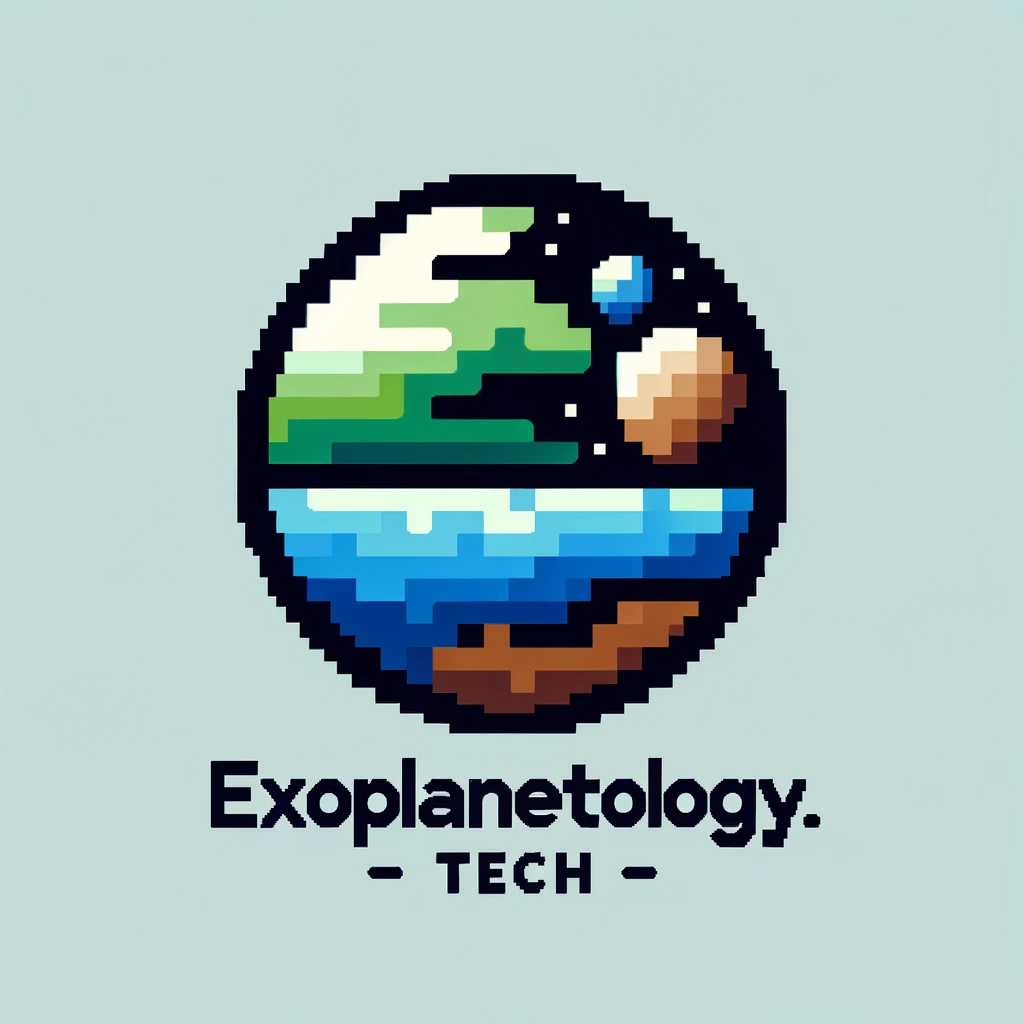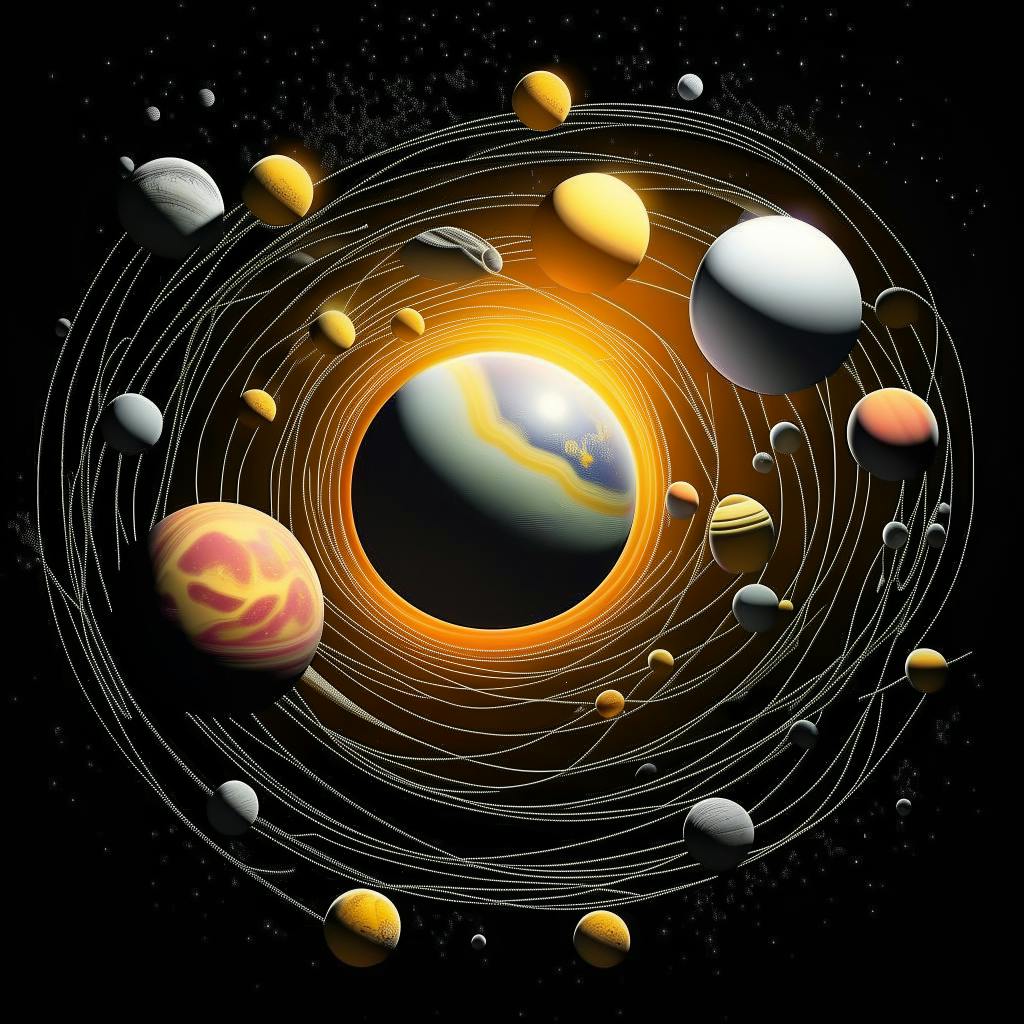This paper is available on arxiv under CC0 1.0 DEED license.
Authors:
(1) Youn Kil Jung, Korea Astronomy and Space Science Institute, University of Science and Technology, and The KMTNet Collaboration;
(2) Cheongho Han, Department of Physics, Chungbuk National University and The KMTNet Collaboration;
(3) Andrzej Udalski, Warsaw University Observatory and The OGLE Collaboration;
(4) Andrew Gould, Korea Astronomy and Space Science Institute, Department of Astronomy, Ohio State University, Max-Planck-Institute for Astronomy and The KMTNet Collaboration;
(5) Jennifer C. Yee, Center for Astrophysics | Harvard & Smithsonian and The KMTNet Collaboration;
(6) Michael D. Albrow, University of Canterbury, Department of Physics and Astronomy;
(7) Sun-Ju Chung, Korea Astronomy and Space Science Institute and University of Science and Technology;
(8) Kyu-Ha Hwang, Korea Astronomy and Space Science Institute;
(9) Yoon-Hyun Ryu, Korea Astronomy and Space Science Institute;
(10) In-Gu Shin, Korea Astronomy and Space Science Institute;
(11) Yossi Shvartzvald, Department of Particle Physics and Astrophysics, Weizmann Institute of Science;
(12) Wei Zhu, Canadian Institute for Theoretical Astrophysics, University of Toronto;
(13) Weicheng Zang, Department of Astronomy, Tsinghua University;
(14) Sang-Mok Cha, Korea Astronomy and Space Science Institute and 2School of Space Research, Kyung Hee University;
(15) Dong-Jin Kim, Korea Astronomy and Space Science Institute;
(16) Hyoun-Woo Kim, Korea Astronomy and Space Science Institute;
(17) Seung-Lee Kim, Korea Astronomy and Space Science Institute and University of Science and Technology;
(18) Chung-Uk Lee, Korea Astronomy and Space Science Institute and University of Science and Technology;
(19) Dong-Joo Lee, Korea Astronomy and Space Science Institute;
(20) Yongseok Lee, Korea Astronomy and Space Science Institute and School of Space Research, Kyung Hee University;
(21) Byeong-Gon Park, Korea Astronomy and Space Science Institute and University of Science and Technology;
(22) Richard W. Pogge, Department of Astronomy, Ohio State University;
(23) Przemek Mroz, Warsaw University Observatory and Division of Physics, Mathematics, and Astronomy, California Institute of Technology;
(24) Michal K. Szymanski, Warsaw University Observatory;
(25) Jan Skowron, Warsaw University Observatory;
(26) Radek Poleski, Warsaw University Observatory and Department of Astronomy, Ohio State University;
(27) Igor Soszynski, Warsaw University Observatory;
(28) Pawel Pietrukowicz, Warsaw University Observatory;
(29) Szymon Kozlowski, Warsaw University Observatory;
(30) Krzystof Ulaczyk, Department of Physics, University of Warwick, Gibbet;
(31) Krzysztof A. Rybicki, Warsaw University Observatory;
(32) Patryk Iwanek, Warsaw University Observatory;
(33) Marcin Wrona, Warsaw University Observatory.
Table of Links
- Abstract and Intro
- Observation
- Light Curve Analysis
- Physical Parameters
- Microlensing Planets in the (log s, log q) plane
- Summary and Conclusions
- References
2. Observation
The two planetary events were observed by the two lensing surveys conducted by the OGLE and KMTNet groups. The OGLE survey uses the 1.3 m telescope that is located at the Las Campanas Observatory in Chile. The KMTNet survey utilizes three 1.6 m telescopes that are located at the Siding Spring Observatory in Australia (KMTA), the Cerro Tololo Interamerican Observatory in Chile (KMTC), and the South African Astronomical Observatory in South Africa (KMTS). The global distribution of the KMTNet telescopes makes it possible to continuously monitor the events. In both surveys, observations were mainly conducted in the I-band, and a fraction of the images were taken in the V -band to determine the color of the microlensed source stars.


For both events, the data sets were reduced based on the image subtraction methodology (Tomaney & Crotts 1996; Alard & Lupton 1998), specifically Albrow et al. (2009) for KMTNet and Wo´zniak (2000) for OGLE. The photometric error bars were then readjusted following the prescription presented in Yee et al. (2012). We note that for the source color measurement, we additionally carried out pyDIA (Albrow 2017) reductions for a subset of the KMTNet data, which simultaneously returns the light curve and field-star photometry on the same system.
This paper is available on arxiv under CC0 1.0 DEED license.

